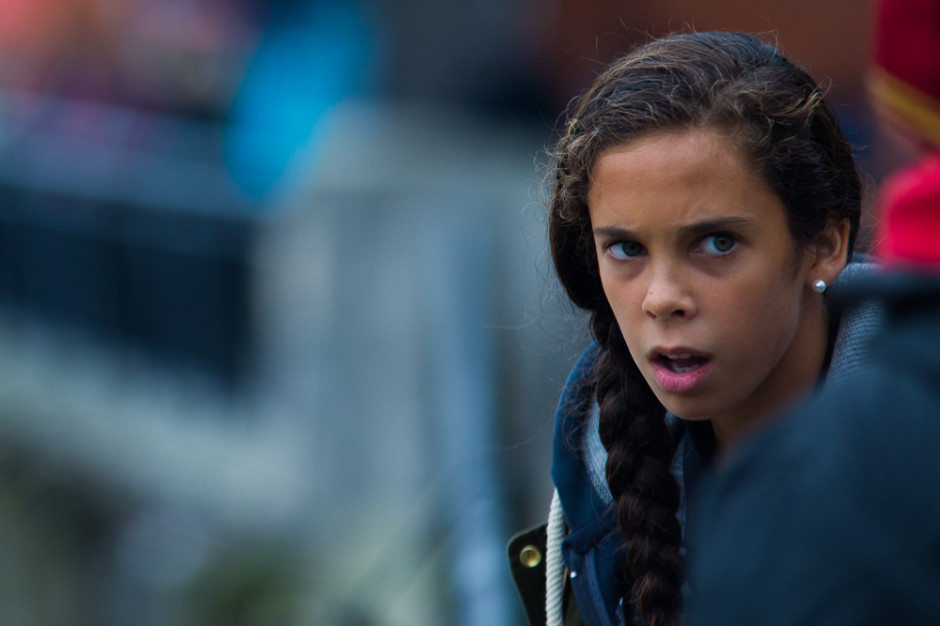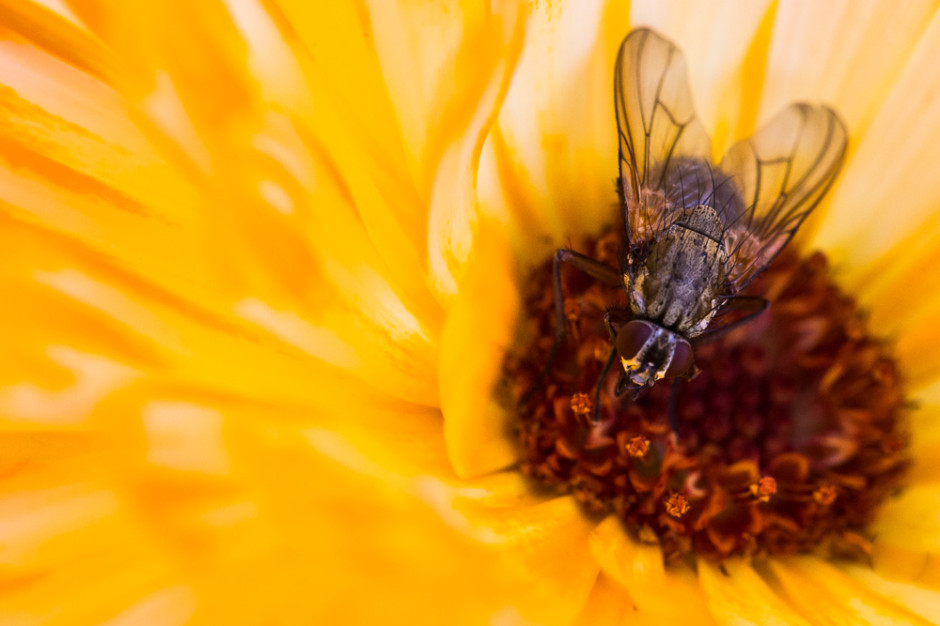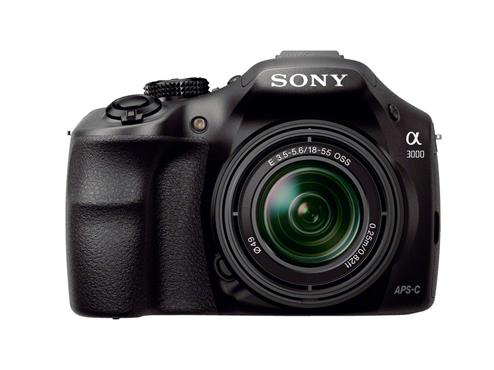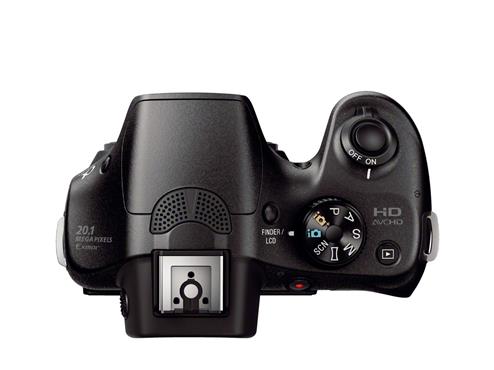Recently, I find myself in more and more situations where I know what I'd like my shutter speed and aperture to be, but realising that the light situation is changing around me. In a recent round of street photography, for example, I wanted to shoot wide open (f/2.8, using my 70-200mm lens), and I knew that I wanted reasonably fast shutter speeds (I spent the day shooting at 1/800 second)... But given that I was walking down Southbank in London, where there's a lot of trees, overhangs, and rapidly changing light situations, what's a guy to do? The solution, more and more often, is automatic ISO: Select the things you care about, and let your camera adapt to the changing lighting situations by varying the ISO.
It isn't that long ago since this would have been completely impossible - Most of the camera bodies I've had so far, have had rubbish quality photos beyond ISO 3200 or so. With my most recent camera bodies, however (Canon EOS 5D mark 3, which I ended up selling because I found it too heavy for everyday street photography, and replacing with a Canon EOS 6D instead), the full breadth of the ISO range is perfectly usable.
The above photo, for example, I captured by setting my camera to f/2.8 and 1/800. The camera selected ISO 320 for this shot. Perfectly fine; there's no discernable noise in the image at all.
Going Macro
More extreme, however, was the example I experienced recently. I've done a fair bit of macro photography (I did write the book on it, after all), but I found myself in a situation that was nearly impossible: Taking photos of insects on the move, without my usual flashguns. What to do? I was shooting with my 100mm f/2.8 Macro attached to my Canon EOS 6D, and no light sources or light shapers. All natural meant that I needed a relatively high shutter speed (because I was shooting hand-held), and a relatively small aperture (to deal with the extremely limited depth of field). Even in bright sunlight, that doesn't leave an awful lot of light left... But it turns out that automatic ISO still does the trick:
So I guess the lesson here is that on modern cameras, you can in many situations leave the camera to get things right, whether you're willing to let shutter speed, aperture, or ISO to be variable. Nifty stuff.









